Politics
Mt. Kenya Split Proposal: Ruku’s Push for Regional Autonomy
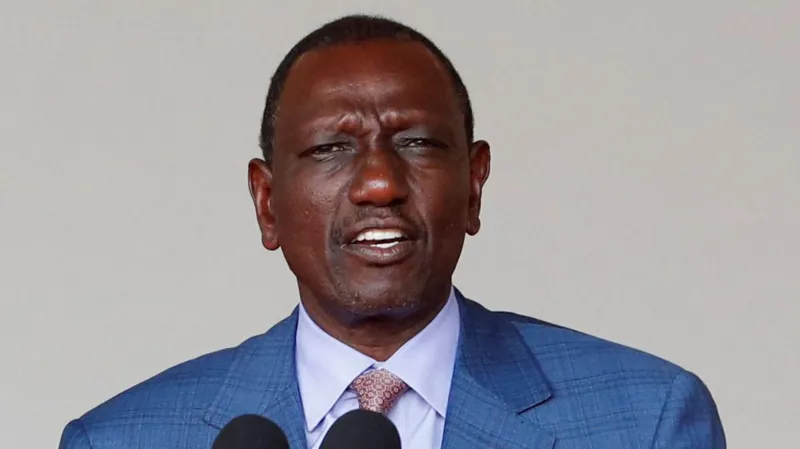
: Mbeere MP Geoffrey Ruku proposes splitting Mt. Kenya into East and West,
sparking debate on regional autonomy and leadership ahead of 2027 elections
In what appears to be a significant move in Kenya’s political landscape, Mbeere North MP
Geoffrey Ruku’s proposal to split the Mt. Kenya region into two—Mt. Kenya East and Mt. Kenya
West—have triggered a heated debate that highlights the region’s internal struggles and its
approach toward the 2027 elections.
This move comes at a time when political divisions within the region are more pronounced,
especially following Deputy President Rigathi Gachagua’s impeachment and his replacement by Prof. Kithure Kindiki as the new Deputy President.
A Divisive Proposal: The Case for Mt. Kenya East’s Autonomy
Ruku’s call for the division of Mt. Kenya reflects growing disillusionment with the current political setup, as various leaders within the region vie for influence ahead of the next elections.
By advocating for the establishment of a more autonomous Mt. Kenya East, Ruku is proposing
a leadership structure that could elevate influential figures like former Cabinet Secretary Kindiki and House Speaker Justin Muturi.
His idea is centred on localising governance to better address the distinct challenges facing Mt. Kenya East, which Ruku believes are often overshadowed by the political dominance of Mt.
Kenya West.
In his remarks, Ruku emphasized that the shift toward independent development goals would
allow Mt. Kenya East to better tackle infrastructure, education, and healthcare issues, which
have long been sidelined.
“We need to build a leadership that listens to the needs of the people on the ground,” Ruku
stated in a church service in Embu County, reflecting sentiments echoed by many constituents
frustrated by ongoing political infighting.
The Resistance: Gachagua, Kiunjuri, and the Politics of Unity
However, Ruku’s proposal has been met with fierce opposition from prominent political figures
such as Gachagua and Laikipia East MP Mwangi Kiunjuri.
Gachagua, whose political trajectory has been deeply intertwined with the unity of the Mt.
Kenya region, has dismissed the proposal as “divisive” and a threat to the region’s long-
standing power structure.
Gachagua, who remains a critical figure in the region’s politics despite his recent impeachment, emphasised the importance of keeping Mt. Kenya united to maintain its influence at the national level.
“Our strength is in unity,” Gachagua remarked, adding that breaking the region into smaller
factions would weaken its bargaining power in the national arena.
Kiunjuri, on the other hand, has expressed concerns about the centralisation of power in Mt.
Kenya West, but he has also stopped short of endorsing a formal split.
He has suggested that the region needs a more inclusive leadership model that recognises the
distinct interests of both Mt. Kenya East and West.
“We cannot ignore the realities on the ground. We need leadership that truly represents all
parts of Mt. Kenya,” Kiunjuri noted.
The Shifting Power Dynamics: Gachagua’s Impeachment and
Kindiki’s Rise
The political backdrop to this debate has been dramatically altered by the recent impeachment
of Gachagua as Deputy President.
His impeachment was a significant turning point, and it was Prof. Kindiki, the former Interior
Cabinet Secretary, who emerged as his replacement.
Kindiki’s ascent to the Deputy President’s office is seen by many as a pivotal moment in Mt.
Kenya’s leadership landscape, particularly in the context of the region’s shifting political
priorities ahead of 2027.
Kindiki’s rise has provided a focal point for leaders in Mt. Kenya East, with Ruku and other
politicians pushing for Kindiki to assume a larger leadership role for the region.
At a meeting in Embu, local leaders reiterated their support for Kindiki, calling him a unifying
figure who could bridge the gap between Mt. Kenya East and the central government.
“Kindiki has shown that he understands our challenges, and we believe he is the leader who
can drive our region’s development,” said John Mutunga, an MP from Tigania West.
Fractures within Mt. Kenya: The Push for Secession and Localized
Leadership
In a parallel development, a group of leaders from Tharaka Nithi, Meru, and Embu counties
have declared their intention to “secede” from the larger Mt. Kenya region and rally around
Kindiki as their political spokesperson.
This declaration has further fueled the debate over the future of Mt. Kenya’s political unity.
Fourteen elected leaders from the three counties announced that they would form a new
political bloc, citing their desire for greater autonomy and a direct link to the central government.
“We, the leaders of Mt. Kenya East, have agreed that Prof. Kindiki will be our spokesperson to
the executive,” said Ruku, underlining the region’s aspirations for a more independent political voice.
This move reflects the growing sense of frustration among Mt. Kenya East leaders, who believe
that they have been overshadowed by Mt. Kenya West.
Former President Uhuru Kenyatta and Gachagua have historically dominated the region’s
political discourse, leaving little space for alternative voices.
The Role of the Church: Local Voices and a Call for Decentralized
Governance
Religious leaders in Mt. Kenya have become key voices in the ongoing debate.
Some church leaders have supported Ruku’s proposal for localized governance, arguing that
the current leadership structure is not adequately addressing the social and economic
challenges faced by local communities.
“The people are tired of political infighting,” said Bishop Joshua Muturi of the Anglican Church in Embu. “What they need is leadership that will prioritise their needs. Localised governance could be the answer to many of our problems.”
Critics and Concerns: The Risk of Fragmentation
Despite growing support for Ruku’s proposal, many remain wary of the potential consequences
of dividing Mt. Kenya. Kikuyu Council of Elders Chairman Wachira Kiago has warned that
fragmentation could weaken the region’s political influence.
“Splitting Mt. Kenya will only play into the hands of those who want to control us. We must stay united to maintain our strength,” Kiago argued.
Nyeri Governor Mutahi Kahiga, a close ally of Gachagua, echoed these concerns, describing
the secession talks as “monkey business” that threatens the integrity of Mt. Kenya. “These
leaders are disconnected from the ground. The people of Mt. Kenya want unity, not division,”
Kahiga remarked.
Strategic Timing: Preparing for the 2027 General Elections
Ruku’s push for a divided Mt. Kenya region is seen by many as a strategic move ahead of the
2027 elections. By strengthening Mt. Kenya East’s political base, Ruku aims to ensure that the
region has more influence in national politics and that its interests are not sidelined by the
dominant factions of Mt. Kenya West.
With Kindiki now in a prominent position as Deputy President, Ruku and other leaders from the East are positioning themselves to take advantage of the shifting political landscape. Analysts suggest that this move is part of a broader effort to decentralise power and give local regions more autonomy in decision-making.
Conclusion: A Crossroads for Mt. Kenya’s Political Future
As Mt. Kenya grapples with internal divisions and growing calls for localised governance, the
region stands at a crossroads. The debate over the proposed split, alongside the shifting power
dynamics within the region, will play a significant role in shaping the political landscape ahead of the 2027 elections.
Politics
William Ruto’s First Year: Promises Made, Struggles Persist
President Ruto cannot fulfil his manifesto unless he curbs runaway corruption and holds culprits accountable. The rule of law requires recovering proceeds of crime and prosecuting offenders for economic sabotage. This strategy would reduce the need to overburden Kenyans with taxes and additional borrowing.
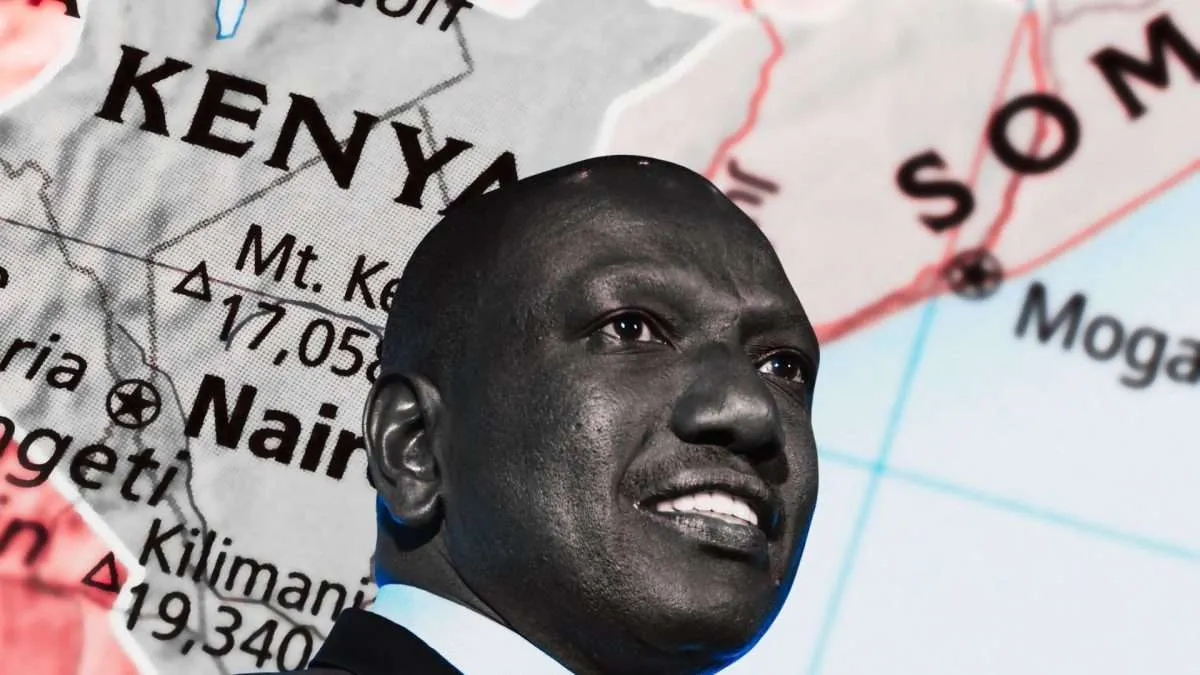
: Kenya’s President William Ruto faces challenges in fulfilling promises on governance, the economy, and national cohesion. Can he turn things around before 2027?
It’s more than a year since President William Ruto was sworn into office as Kenya’s fifth president.
He took office during a period of rising food and fuel prices, high unemployment, and a troubling debt burden in Kenya.
During the election campaign, Ruto promised to fix an economy afflicted by corruption and ineptitude. He promised to entrench good governance and place the poor at the centre of economic policy.
He pledged to address ethnicised politics and to uphold constitutionalism and the rule of law.
Ruto’s promises were significant. The rule of law and constitutionalism are key to economic planning and development, governance and equitable sharing of national resources.
They are the guardrails against impunity, democratic backsliding, lawlessness and political instability.
Throughout Kenya’s postcolonial period, the political elite have exploited ethnicity to obtain power at the expense of the collective well-being and social cohesion.
Elite entitlement has also weakened state institutions, leading to corruption and impunity.
I have studied democratic transitions, conflict and state building and elections in Africa.
My 2018 book examined how the political class had exploited ethnicity for political and economic advantage, resulting in weak and even dysfunctional state institutions in Kenya.
In his election campaign, Ruto identified the major issues that required urgent attention.
He addressed issues that needed swift action without constitutional changes, such as thawing the tension between the executive and the judiciary, decoupling the police finances from the executive, and taking port operations back to the coastal city of Mombasa from the inland town of Naivasha.
But resolving Kenya’s economic hardships has proved a hard nut to crack, as his 9 November 2023 State of the Nation address acknowledged. Just over a year since he was sworn in, Ruto is no nearer to turning the Kenyan ship around.
ECONOMIC TURBULENCE
As a candidate, Ruto portrayed himself as an outsider to Kenya’s power matrix who was best placed to improve the living conditions of the poor and excluded. But the economy has not improved under his watch. If anything, living conditions have worsened.
The cost of living is higher after a steep increase in the petrol price and the local currency’s loss of value. Ruto’s government has imposed new and increased taxes on Kenyans, ostensibly to reduce or remove the need for external borrowing.
The government was quick to remove fuel and food subsidies but has been slow to address government wastage.
The government’s key strategy was to subsidise fertiliser to boost harvests and achieve food security. It remains to be seen whether this will happen.
More deliberate measures are required to turn around agriculture as the mainstay of the economy.
On the question of centring the poor and marginalised in governance, Ruto focused on the financial sector. The government rolled out the “Hustler Fund” to make credit more affordable.
But the fund’s impact on overall living standards through job creation, for instance, is likely to be cancelled out by a punitive tax regime and a struggling economy.
RULE OF LAW
Ruto’s first public event as president was to approve the appointment of six judges left in limbo by his predecessor, Uhuru Kenyatta. He also made good on his promise to allocate more funding to the judiciary.
However, to entrench the rule of law and constitutionalism calls for more than this. Judicial officers must act with utmost integrity. To affirm equality before the law, errant senior state officers and the political elite must face the law and if found guilty sanctioned decisively.
The Kenyan judiciary is still bedevilled by corruption that impedes access to justice. Disturbingly, it is seen as more inclined to punish the poor while letting the rich and political elite act with impunity.
Ruto himself has obeyed court rulings that went against him, unlike under Kenyatta, when disregard for the law was the norm. Critics, however, including the Law Society of Kenya, have accused his administration of disobeying court orders like his predecessor.
Ruto spoke out against extrajudicial and summary executions and enforced disappearances perfected by the police over the years.
He sought to accord the police financial and operational autonomy. Thus he transferred accounting for the police budget to the police as he had promised.
Despite these changes, a culture of impunity and lack of transparency continues to undermine the Kenyan police. Extrajudicial executions continue. The police must be placed under civilian oversight as envisaged under the constitution.
The failure to set up a commission of inquiry into state capture under his predecessor, as promised during campaigns, dented Ruto’s commitment to the fight against corruption. A year later, a commission of inquiry has not been formed and the issue seems to have been abandoned altogether.
It is unlikely that Ruto will fulfil his manifesto unless he reins in runaway corruption and the culprits are held to account.
The rule of law demands that proceeds of crime be recovered and offenders charged for economic sabotage. This approach would obviate the need to burden Kenyans with taxes and more borrowing.
NATIONAL COHESION
Appointments to government positions have been undermined by the age-old problems of recycling appointees, patronage, nepotism and ethnicity. Just as worrying are senior government officials publicly advancing exclusionary ethnic politics with impunity. Ruto must rein them in.
It is also a setback that Ruto acceded to talks to assuage the opposition elite who had resorted to violent protests against his historic victory. These elitist self-serving talks could lead to constitutional amendments creating more political positions under a cynically flawed logic that this approach enhances national cohesion.
This is an about-turn on Ruto’s part.
Ultimately national cohesion is Ruto’s pressing challenge.
Kenya is divided on many fronts – economic, ethnic, regional and religious – a legacy of previous governments.
Ruto needs to look beyond ethno-regional appointments. For legitimacy and transformation, he needs to ideologically reconnect with and dignify the “hustler nation”, the disenfranchised constituency that propelled him into power. Bar this, he could face an intensely contested reelection bid like his predecessors.
Politics
Rigathi Gachagua’s Impeachment: A Political Conundrum for Ruto’s Administration
Former Deputy President Rigathi Gachagua’s impeachment has transformed Kenya’s political landscape, marking the first event of its kind under the 2010 Constitution.
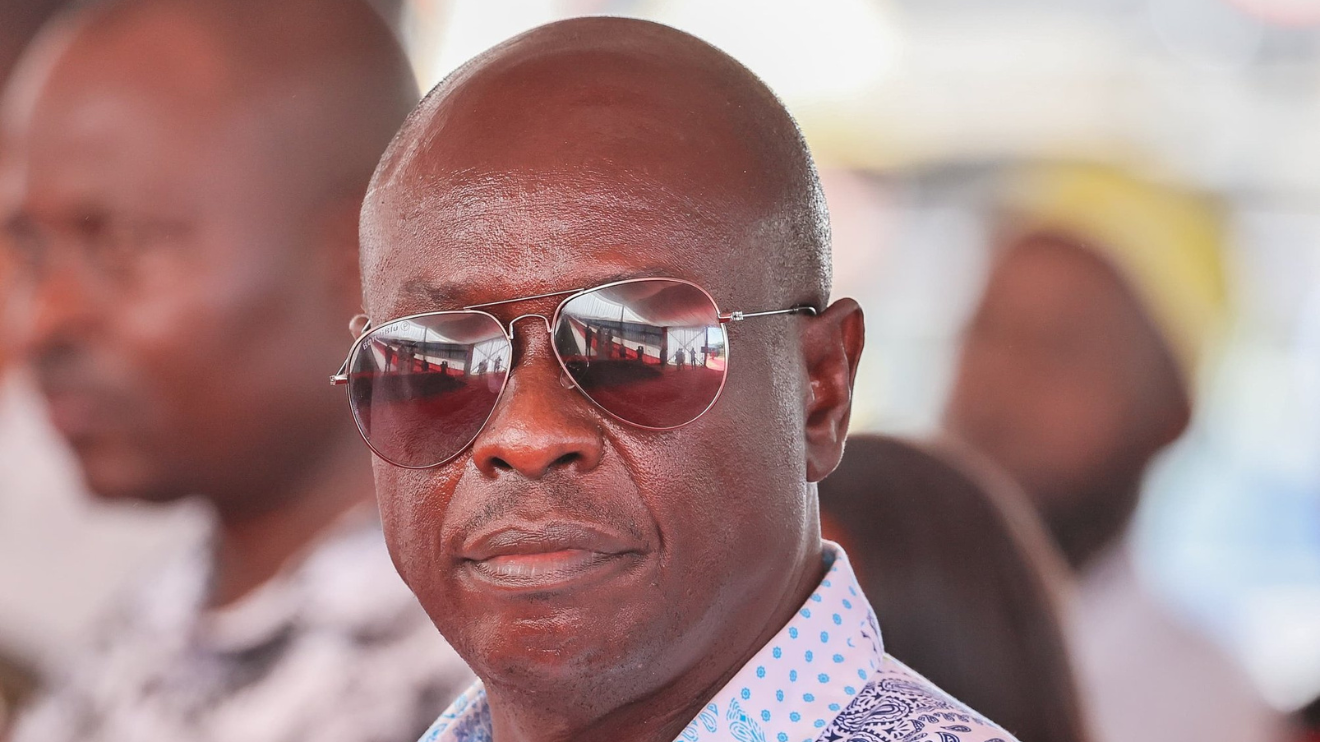
: Explore the political crisis after Rigathi Gachagua’s impeachment, its impact on William Ruto’s leadership, and the road to Kenya’s 2027 elections.
The impeachment of former Deputy President Rigathi Gachagua has upended Kenya’s political landscape, marking the first instance of such an event under the 2010 Constitution.
Accused of divisive politics and judicial interference, Gachagua’s ousting has ignited significant political tensions, particularly within the populous Mt. Kenya region, which has been a cornerstone of President William Ruto’s support base.
Gachagua has vocally criticised Ruto, describing his former ally as “vicious” and accusing him of orchestrating the impeachment.
In a fiery statement, Gachagua claimed, “The man I helped to become president has betrayed me,” while also alleging threats to his safety.
His impeachment has left the deputy presidency in limbo, with a court temporarily halting the appointment of Interior Minister Kithure Kindiki as his replacement.
Impact on Ruto’s Political Strategy
This political rift presents a dual challenge for Ruto. On one hand, it exposes cracks within the ruling coalition, with some legislators fearing backlash in their constituencies for supporting Gachagua’s removal.
On the other, it provides opposition leaders an opportunity to capitalise on perceived disunity within the government, potentially reshaping alliances as the 2027 elections approach.
Moreover, Gachagua’s removal has highlighted the volatile nature of Kenyan politics, where loyalty often shifts based on regional and ethnic dynamics.
Analysts believe Ruto must now tread carefully to maintain his hold over Mt. Kenya, a region critical to his electoral prospects.
The Way Forward
The administration must immediately stabilize governance by resolving the court dispute over Gachagua’s replacement or reconciling with dissenting factions.
Political analysts suggest that Ruto should focus on unifying his coalition and delivering tangible results to counter opposition narratives.
As Kenya moves closer to the 2027 polls, this episode underscores the importance of political cohesion and strategic messaging. Whether Ruto can overcome this challenge or face further fallout will significantly shape the country’s political trajectory.
Politics
Kenya Under Ruto: Transformative Leadership or Mounting Challenges?
Ruto’s policies have sparked mixed reactions on the social front. While he has taken a prominent role in addressing global challenges like climate change—evident in hosting a landmark summit that secured billions in clean energy investments—critics contend that his focus on international priorities has overshadowed pressing domestic concerns. Issues such as food insecurity and unemployment remain unresolved, leaving many Kenyans feeling neglected despite the administration’s ambitious global commitments.
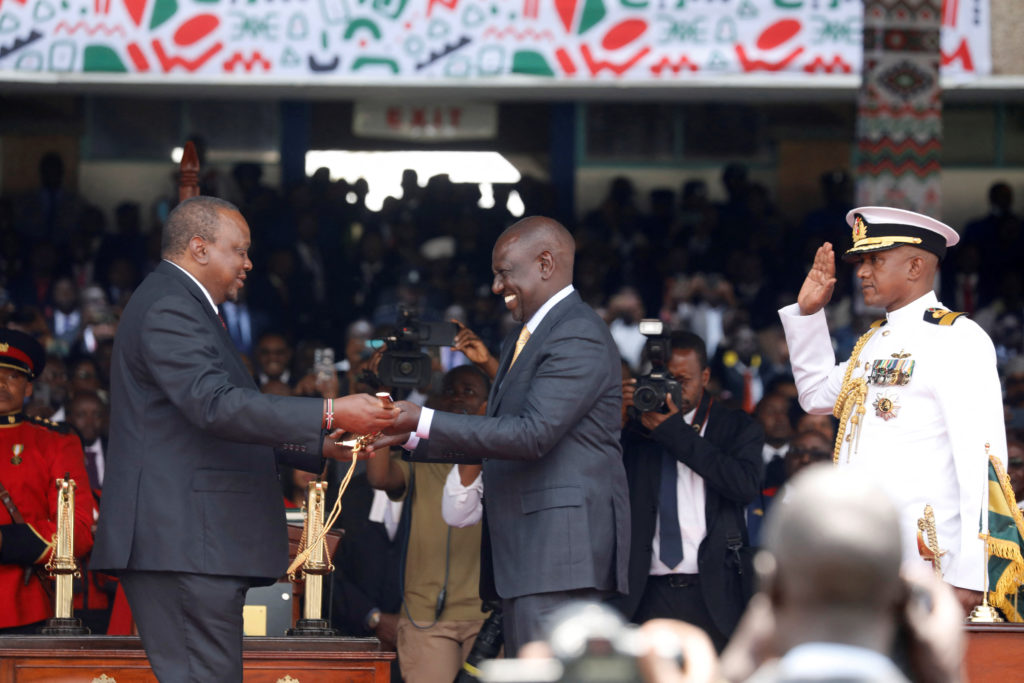
: Analyse President William Ruto’s leadership in Kenya, focusing on economic reforms, political strategies, and social challenges shaping the nation’s future.
Kenya’s President William Ruto, in office since September 2022, has faced mixed reviews regarding his leadership, particularly on economic, political, and social fronts.
Bold reforms, mounting challenges, and a mixed reception among citizens have marked his administration.
Economic Landscape
Ruto inherited an economy grappling with high debt levels ($69 billion), inflation, and global crises such as the COVID-19 pandemic and the Ukraine war.
Despite efforts to stabilise the economy, including introducing new taxes and eliminating fuel subsidies to secure loans from the IMF and World Bank, these measures have strained ordinary Kenyans.
Household essentials, including sugar and beans, saw price hikes up to 61% and 30%, respectively. Inflation moderated to 6.7% in August 2023, but economic growth is projected to be slower than the 4.8% recorded in 2022
.Key initiatives such as the “Hustler Fund,” aimed at empowering small-scale entrepreneurs, have not delivered the expected outcomes, with some analysts like Ken Gichinga calling Ruto’s economic policies “ineffective.”
However, Ruto has also promoted local manufacturing and reduced reliance on imports to support job creation.
.
Political Strategy
On the political front, Ruto has shown determination to fight corruption.
His administration has introduced measures to track government spending and eliminate payroll fraud through a Unified Personal Identification system.
He has also emphasised accountability, stating, “We shall levy a surcharge against any officer who causes a loss of public resources.” However, critics question the effectiveness of these reforms, especially in light of continued economic hardships
Ruto’s administration faced opposition-led protests over rising living costs, which turned deadly, leaving 50 people dead.
These tensions underscore the political divisions and challenges in delivering tangible benefits to Kenyans
.Social Impact
Socially, Ruto’s policies have had polarising effects. While he champions global issues like climate change, hosting a major summit that attracted billions in clean energy investments, critics argue that his focus on international engagements has left domestic issues, such as food insecurity and unemployment, unresolved.
Analysts like Nerima Wako-Ojiwa emphasise that many Kenyans are now struggling with basic needs like food, highlighting a disconnect between the administration’s priorities and grassroots realities
.Broader Context and Future
Ruto has positioned himself as a reformer, focusing on transparency and economic restructuring.
However, his administration faces the twin challenge of delivering immediate relief to struggling Kenyans while maintaining long-term fiscal responsibility.
Supporters like Joseph Mwiti argue that transformative policies take time to bear fruit, reflecting cautious optimism about Ruto’s leadership.
In sum, President Ruto’s tenure has been characterised by ambitious reforms and significant headwinds. The success of his administration will depend on balancing economic recovery, political stability, and social equity in the coming years.
-
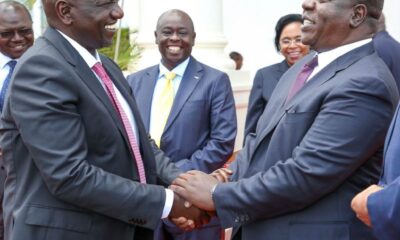
 Politics5 months ago
Politics5 months agoFred Okengo Matiang’i vs. President William Ruto: A 2027 Election Showdown
-
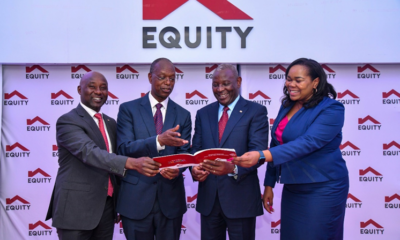
 Business & Money10 months ago
Business & Money10 months agoEquity Group Announces Kshs 15.1 Billion Dividend Amid Strong Performance
-

 Politics4 months ago
Politics4 months agoIchung’wah Faces Mt. Kenya Backlash Over Gachagua Impeachment Support
-
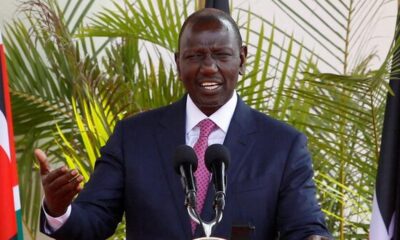
 Politics6 months ago
Politics6 months agoPresident Ruto’s Bold Cabinet Dismissal Sparks Hope for Change
-
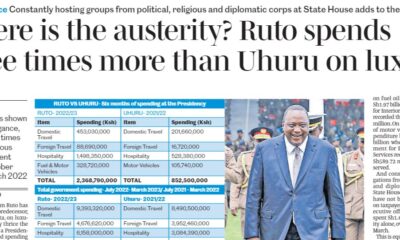
 Politics7 months ago
Politics7 months agoPresident Ruto’s Lavish Spending Amid Kenya’s Economic Struggles Sparks Outrage
-

 Politics6 months ago
Politics6 months agoJohn Mbadi Takes Over Kenya’s Treasury: Challenges Ahead
-
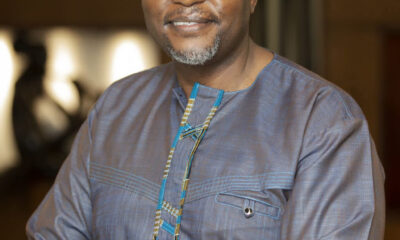
 Business & Money2 months ago
Business & Money2 months agoMeet Kariuki Ngari: Standard Chartered Bank’s new CEO of Africa. What’s Next?
-
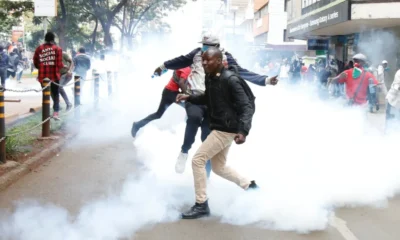
 Politics7 months ago
Politics7 months agoKenya Grapples with Investor Confidence Crisis Amid Tax Protest Fallout





